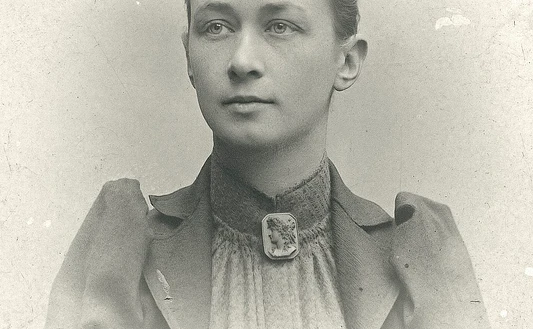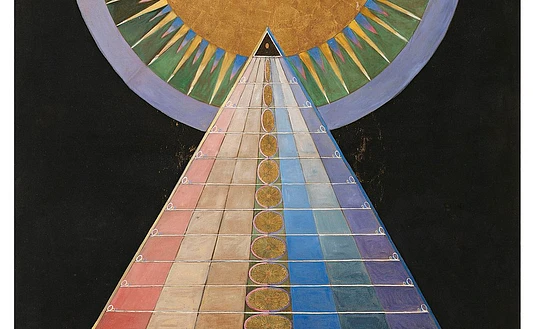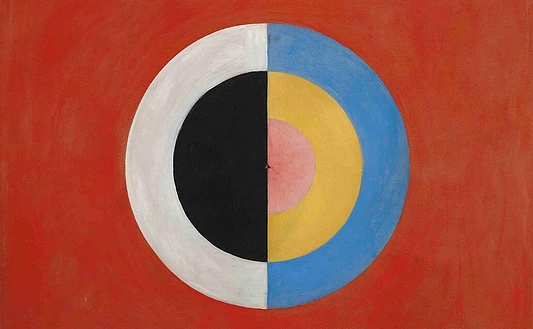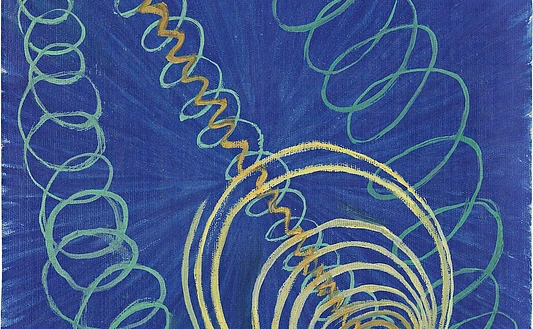Hilma af Klint: The Spiritual Pioneer Who Painted Abstract Art Before It Had a Name
When discussing the pioneers of abstract art, names like Wassily Kandinsky, Piet Mondrian, and Kazimir Malevich often dominate the conversation. However, decades before these men introduced the world to abstraction, a Swedish artist named Hilma af Klint was quietly creating revolutionary works that remained hidden for years.
Who Was Hilma af Klint?
Hilma af Klint (1862–1944) was a Swedish painter and one of the earliest known creators of abstract art. Long before abstract painting became a recognized movement, af Klint was producing large-scale, colorful, non-representational works filled with symbols, geometry, and spiritual themes.
Unlike many of her male contemporaries, af Klint’s inspiration wasn’t purely artistic — it was deeply spiritual. She was influenced by Theosophy, Rosicrucianism, and later Anthroposophy. In the 1890s, she formed a spiritual group called The Five, composed of like-minded women who conducted séances and communicated with what they called "higher spirits."
The Hidden Legacy of an Abstract Art Pioneer
Between 1906 and 1915, af Klint produced a groundbreaking series called “The Paintings for the Temple” — over 190 works that explored the metaphysical nature of existence through vibrant color, bold shapes, and intricate symbolism. These works predated Kandinsky’s first abstract paintings by several years, making her arguably the true pioneer of abstract art.
But af Klint believed the world wasn’t ready. She stipulated that her most important works not be shown publicly until at least 20 years after her death. As a result, her revolutionary art remained largely unseen until the late 20th century.
Rediscovering Hilma af Klint in the 21st Century
Interest in Hilma af Klint’s artwork has exploded in recent years. The 2018 Guggenheim Museum retrospective in New York, “Hilma af Klint: Paintings for the Future,” was one of the most visited exhibitions in the museum’s history. Critics and art historians alike have begun to reconsider the established timeline of modern art — and af Klint is finally being recognized as a visionary in abstract and spiritual art.
Why Hilma af Klint Matters Today
In an era when art, spirituality, and gender are being reexamined, Hilma af Klint's legacy is more relevant than ever. Her story challenges the male-dominated narrative of modern art and opens up a broader conversation about how we define innovation and originality in creative expression.
More than just an early abstract artist, Hilma af Klint was a visionary who painted for a future she believed would one day understand her message. That future is now.



